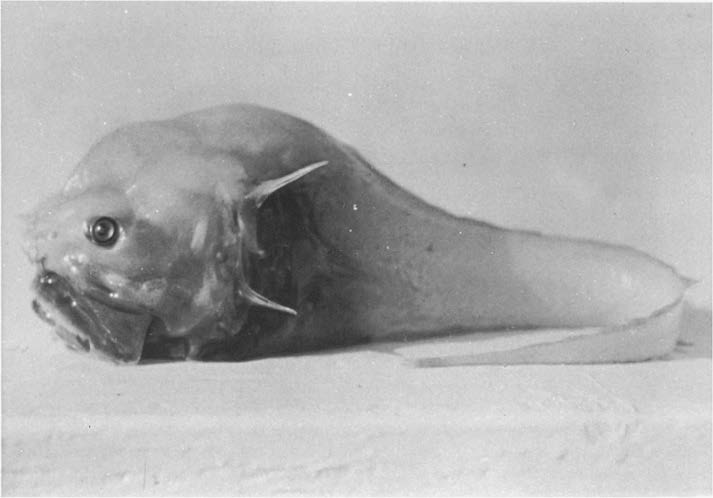The bony-eared assfish is a species of earless rabbitfish that is endemic to the Hawaiian Islands. It is the only species in the genus Ptychochirus and family Ptychochiridae. The bony-eared assfish was first described by David Starr Jordan and Barton Warren Evermann in 1898. The bony-eared assfish gets its name from its large, protruding eyes and fleshy lips, which give it a donkey-like appearance. However, this fish is actually quite small, growing to a maximum length of only 8 cm (3 in). It has a laterally compressed body and is silver in color with brownish spots. So why was this particular fish given such an odd name? Read on to find out!
What is the bony-eared assfish?
The bony-eared assfish is a small, freshwater fish that is native to Africa. It gets its name from its large, bony scales and its long, ear-like fins. The bony-eared assfish is a popular aquarium fish and is known for being peaceful and easy to care for.
How did this fish get its name?
This fish got its name from its unique bony ear-like appendages. These appendages are thought to help the fish detect predators and prey.
What are the characteristics of the bony-eared assfish?
The bony-eared assfish (Cyclopterus lumpus) is a species of fish in the family Cyclopteridae. It is the only member of the genus Cyclopterus. The fish is found in the northeastern Atlantic Ocean, from Iceland and Norway to Morocco, as well as in the Mediterranean Sea. It is a demersal fish that lives on sandy or muddy bottoms at depths of up to 500 m (1,600 ft).
The bony-eared asfish has a small, rounded body with a maximum length of 30 cm (12 in). The head is large and flat, with small eyes and a protruding lower jaw. The mouth is small and contains bristle-like teeth. There are three pairs of barbels around the mouth. The fish’s skin is covered in small, sharp scales. The pectoral fins are large and paddle-shaped, while the pelvic fins are smaller and located further back on the body. The anal fin has 17-19 rays and is located just behind the pelvic fins. The caudal peduncle (the area between the anal fin and tail) is very skinny.
The bony-eared asfish is an opportunistic feeder that eats a variety of invertebrates and small fishes. Spawning takes place between May and August, when the females lay their eggs on rocks or other hard surfaces. The males then guard the eggs until they hatch into larvae after about two weeks.

Where is this fish found?
The bony-eared asfish is found in the eastern Atlantic Ocean, from Iceland and Norway to Morocco.
What do they eat?
The Bony-eared asfish is a bottom-dwelling creature that feeds on small crustaceans and invertebrates. They have been known to eat amphipods, copepods, mysids, shrimp, and worms.
How can you tell the difference between a male and female bony-eared assfish?
The easiest way to tell the difference between a male and female bony-eared asfish is by looking at the size of their eyes. The males have much larger eyes than the females. Another way to tell the difference is by looking at the color of their fins. The males have black fins with white spots, while the females have more drab-colored fins.
Are bony-eared assfish good to eat?
Bony-eared asfish are a type of fish that is found in the Atlantic Ocean. They are considered to be a good food source because they are high in protein and low in fat. There are many different ways to cook bony-eared asfish, but some of the most popular methods include baking, frying, and grilling.
Conclusion
So there you have it — the bony-eared assfish, a creature with an amusing name and a rather curious history. It’s certainly not the most popular fish out there, but it’s definitely one of the more interesting ones. If you’re ever in the mood for something a little different, why not give this little fish a try? You might be surprised at how much you enjoy it.
